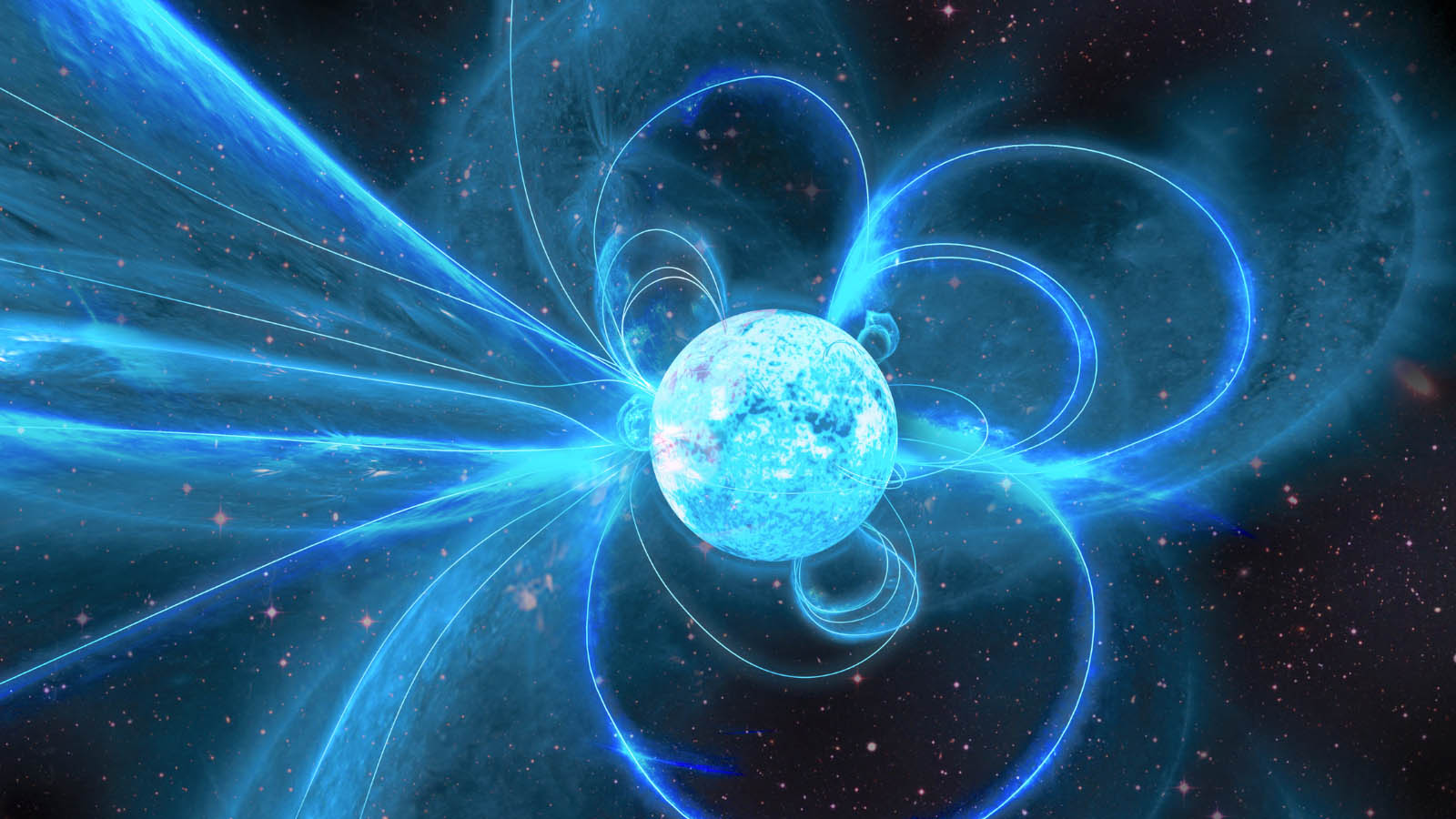Science: Astronomers are investigating clues from a cosmic crime scene in which a massive star died and left behind an extremely magnetic “dead” star called a magnetar. Magnetars are a type of neutron star, but their magnetic fields are thousands of times stronger. Like another form of neutron star, pulsars, magnetars spin incredibly fast. Scientists want to know what conditions are responsible for the formation of magnetars, and how these differ from the conditions that give rise to a pulsar – an “ordinary” neutron star. To investigate this mystery, a team of researchers used the Very Long Baseline Array (VBLA) to study a magnetar called Swift J1818.0-1617, which lies about 22,000 light-years from Earth. Not only does this make Swift J1818.0-1617 relatively close, but after its discovery in 2020, astronomers soon determined it to be the youngest magnetar ever observed. Swift J1818.0-1617 is the fastest-spinning magnetar we know of, completing a full rotation about once every 1.5 seconds. “The formation process of magnetars is still a mystery that we would like to understand,” team leader Hao Ding, of the National Astronomical Observatory of Japan, said in a statement.
The death of stars leaves behind highly magnetized stellar bodies
